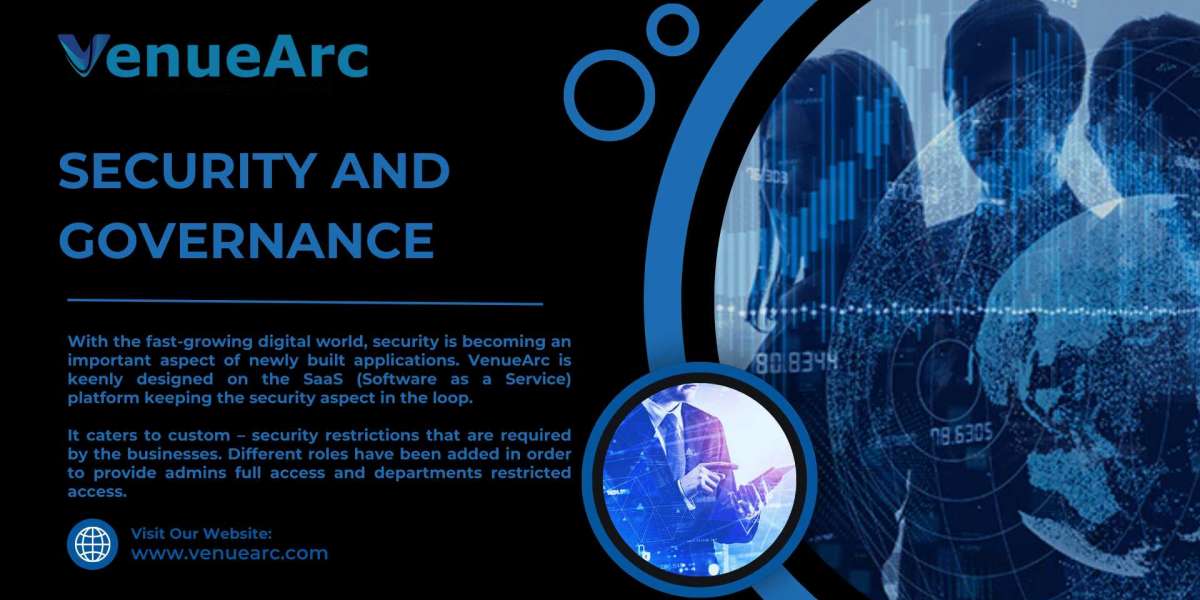Introduction
In today's digital landscape, organizations face an ever-evolving array of security threats and challenges. As technology advances, so do the tactics employed by cybercriminals and malicious actors. To effectively combat these threats, organizations must adopt a proactive and holistic approach that combines robust security measures with sound governance practices. In this article, we will delve into the intertwined relationship between security and governance and explore how they are crucial for safeguarding an organization's assets and reputation.
The Intersection of Security and Governance
Security and governance are interwoven elements of an organization's overall strategy. Security measures protect an organization's digital and physical assets, while governance defines the rules, policies, and processes that guide an organization's actions and decisions. The intersection of these two aspects is where an organization's security and governance framework takes shape.
Key Aspects of Security
Data Security: Protecting sensitive data is a cornerstone of modern security. This includes safeguarding customer information, financial data, intellectual property, and proprietary business information.
Network Security: Ensuring that an organization's computer networks are secure is vital. This involves safeguarding against unauthorized access, network breaches, and other cyber threats.
Physical Security: Protecting physical assets like office buildings, data centers, and hardware from theft, vandalism, or natural disasters is a fundamental aspect of security.
Endpoint Security: With the proliferation of remote work, endpoint security is essential. This includes securing individual devices like laptops and smartphones against malware and other threats.
Incident Response: Preparing for and responding to security incidents is crucial. Effective incident response can minimize the damage and prevent future breaches.
Key Aspects of Governance
Policy Development: Developing clear and comprehensive policies is a foundational aspect of governance. These policies outline expectations, procedures, and compliance requirements.
Compliance: Ensuring that an organization adheres to relevant laws, regulations, and industry standards is a central governance function. Non-compliance can lead to legal and financial consequences.
Risk Management: Governance includes identifying and managing risks effectively. This involves assessing threats and vulnerabilities, developing mitigation strategies, and ensuring that employees understand their roles in risk management.
Accountability: Accountability is crucial in governance. This entails assigning responsibilities, setting performance expectations, and holding individuals or departments accountable for their actions and decisions.
Ethical Standards: Upholding ethical standards is an essential aspect of governance. This includes addressing issues related to conflicts of interest, transparency, and responsible business conduct.
The Synergy of Security and Governance
The synergy between security and governance is evident in various ways:
Compliance-Driven Security: Governance dictates the need for regulatory compliance. Security measures must align with these compliance requirements to ensure that an organization adheres to relevant laws and standards. This alignment minimizes legal risks and fosters a culture of responsibility.
Risk Assessment and Mitigation: Governance practices often include risk assessments. Security measures are developed in response to these assessments, ensuring that vulnerabilities and threats are addressed and mitigated effectively.
Policy Framework: Security policies are an integral part of governance. They are developed in alignment with an organization's governance framework, providing clear guidelines for securing assets and data.
Incident Response Planning: Governance practices necessitate the creation of an incident response plan. Security measures ensure that this plan is effective in mitigating security incidents and preventing future occurrences.
Transparency and Accountability: Governance emphasizes transparency and accountability, qualities that are essential for maintaining security. By defining roles and responsibilities and enforcing ethical standards, security lapses are less likely to occur.
Best Practices for Strengthening Security and Governance
Collaboration: Encourage collaboration between security and governance teams. Frequent communication and alignment of goals ensure that security measures are consistent with governance principles.
Regular Audits and Assessments: Conduct regular security audits and assessments to identify vulnerabilities and assess compliance with governance policies. Address issues promptly to maintain alignment.
Training and Education: Invest in employee training and education on security best practices and governance policies. An informed workforce is a critical line of defense against security breaches.
Data Protection: Prioritize data protection by implementing encryption, access controls, and data loss prevention measures. Data security is central to both security and governance.
Incident Response Simulation: Regularly simulate security incidents to test the effectiveness of incident response plans. Use these simulations to identify areas for improvement.
Continual Improvement: Foster a culture of continual improvement in both security and governance. Evaluate and update policies, security measures, and compliance strategies as needed to adapt to evolving threats and regulations.
Conclusion
Security and governance are two sides of the same coin in the modern organizational landscape. The intersection of these elements creates a robust framework that safeguards an organization's assets and reputation. A comprehensive approach that integrates security and governance is vital in the face of evolving cyber threats and regulatory changes. By fostering collaboration, adhering to best practices, and maintaining a culture of continual improvement, organizations can maximize their success in the realm of security and governance, and, ultimately, thrive in an increasingly complex and dynamic business environment.


